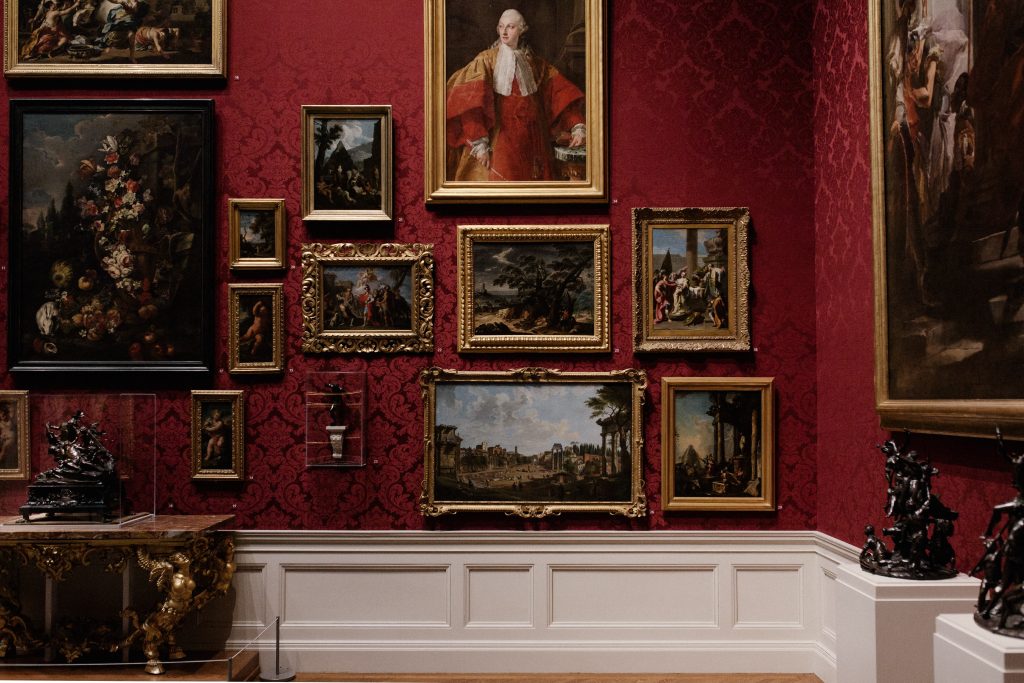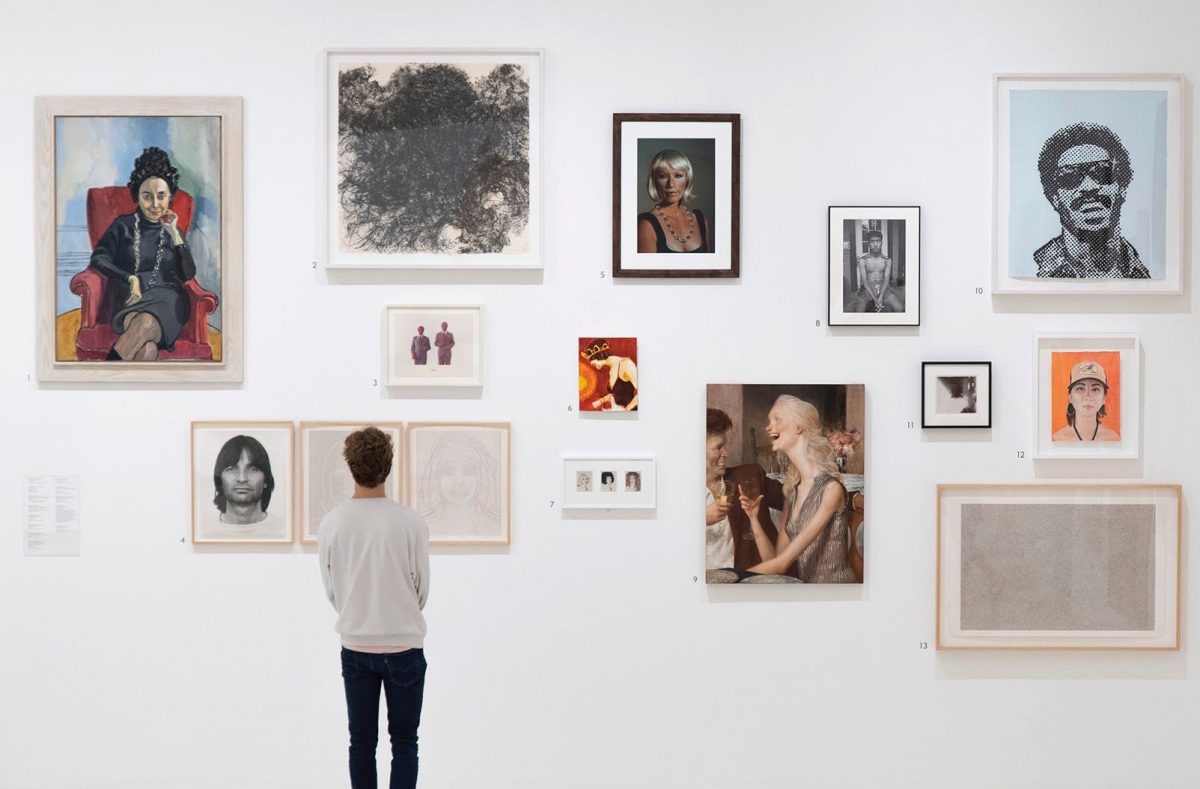Investing in goods such as Fine Art generates tangible enjoyment. The enthusiasm that arouses from the possession of a quality piece of art according to art collectors is not even comparable with stock and bond purchases. The art market offers a great fascination for investors but why? Overall, Art is an asset that can recover quite quickly after economic recessions. Also, it keeps its value even with high inflation rates. However, for how convenient it might seem, there are 5 tips for investing in art that each collector should follow.
Things to know when investing in Art
Invest in what you like, but…

Surely, identifying a good investment opportunity is not that easy. Getting to know what appeals to our taste is important because it gives a deeper understanding of the artworks. Of course, investing just in what is known is not always the best strategy to apply. In particular, focusing exclusively on what we are familiar with might be risky in the long run. That’s because, by doing so, there is a great chance to invest in artworks that are very similar to each other.
This way the resulting artistic portfolio won’t be diversified enough. In finance terms, this is called Familiarity Bias. The core problem behind this kind of approach is that it limits tangibly the potential choices, limiting investment opportunities.
Value risks and returns
One of the biggest doubts when acquiring Fine Art is whether to select artworks made by established or emerging artists. The truth is that there are valid reasons that make both paths interesting. Works by established artists are usually more expensive because their creators are safer to invest in. However, together with a lower risk of investment, it comes at the same time a less return level.
On the other side, investing in emerging artists offers significant return opportunities. Buying their artworks is cheaper but in the long run, the value can increase significantly.
Consider carefully what and where are you buying from

Among our tips for investing in Art, this is a core point. It’s essential not only to do researches on the artist and the or respective production but also to check where the artists exhibited.
Equally important, however, is to consider matters as artwork authenticity and provenance.
It’s important to look for art dealers with consistent customer service and find galleries specialized in working with artists, especially when buying Art online.
Diversify the art investments portfolio
Owning a diversified collection decreases consistently the risks of your art investments. Generally, on average, experienced collectors allocate 5% of their ownership to alternative assets. Of course, there are different approaches among art collectors. Low-risk investors, for example, allocate between 2 and 3 % of their capital to different kinds of assets, while others up to 15%.
Consult an Art Advisor
Art Advisors help to educate collectors in selecting pieces that will be good investment choices. Of course, in doing so, a good art advisor will meet your tastes and preferences. Each collector has a peculiar perspective on art that often finds resolution through the suggestions of an expert. Art Advisors clarify which artists are worth investing in and which artworks will retain value over time.